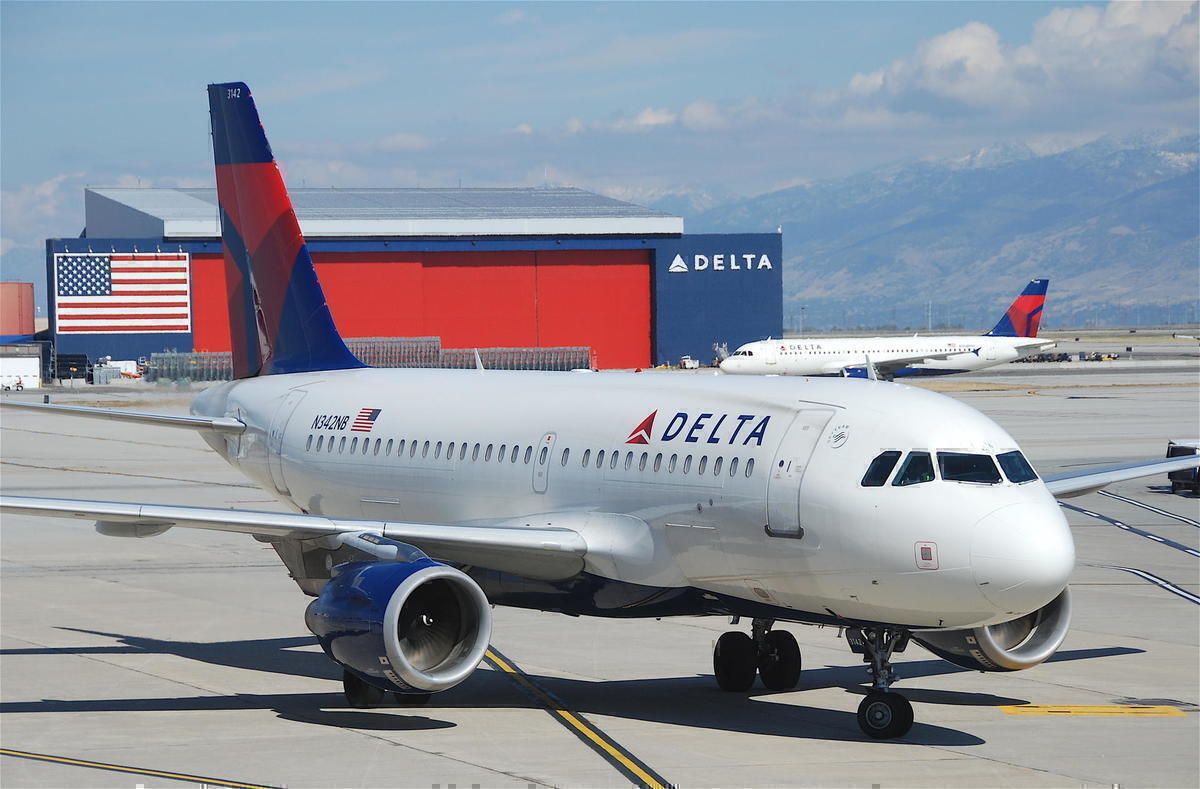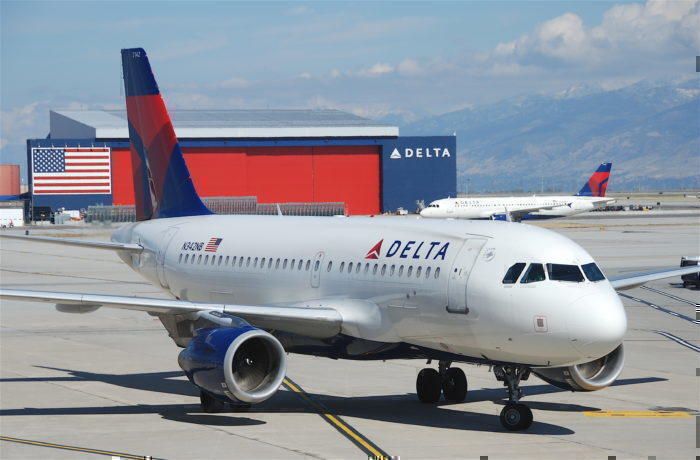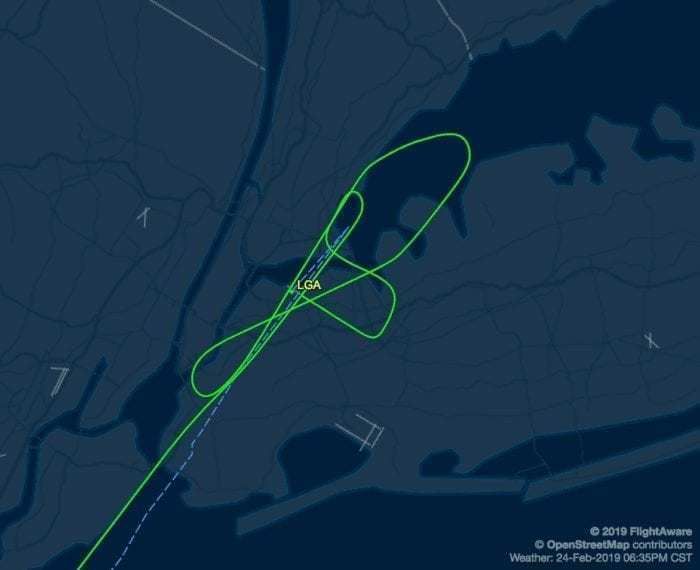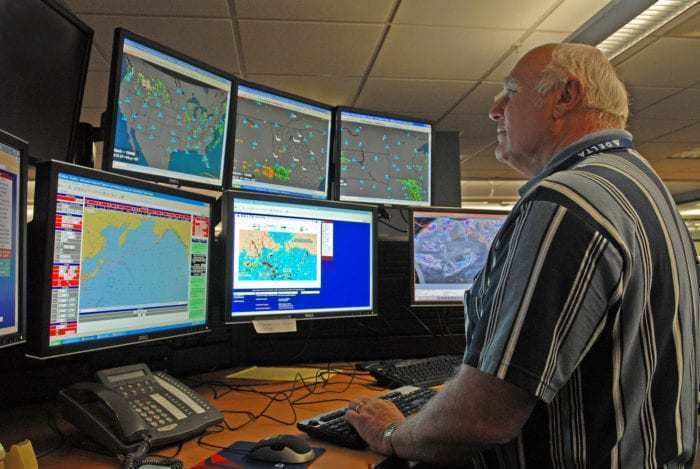Delta's had a pretty rough time in the air recently. Turbulence has rocked a few of their passengers with some level of severity. Recently, it was an E175 Delta Connection flight over the Sierra Nevada that suffered a horrific bout of turbulence.
This time, an Airbus A319 was flying from New Orleans to New York- La Guardia when it ran into severe turbulence on final approach.
The Flight- Delta 2056
The flight was numbered as DL2056 and had a normal flight after departing New Orleans. However, as the flight came in for a landing, the plane encountered some extensive turbulence.
According to reports, the A319 was on final approach when, passing through 500 feet, the crew decided a go-around was the best option for passenger safety given the severe turbulence. After some circling, the aircraft landed safely about 17 minutes later.
According to Flight Aware's data, the flight was scheduled to arrive at the gate at 9:02 pm Eastern time. Even with the go around, the flight arrived at the gate at 9:09 pm Eastern time, only 7 minutes late.
While that was good news for most passengers, four passengers did not have a very good evening on this approach. The FAA reported that four passengers received injuries, although they did not divulge the nature or extent of the injuries.
The Northeast US has had some pretty rough weather over the last few days that includes strong wind gusts that could definitely rock a plane. As of now, no other flights had reported turbulence as strong or severe as DL2056 encountered.
The more interesting part was when the aircraft said it experienced the turbulence while descending through 500 feet AGL. 500 feet AGL is a very low altitude and it is quite unusual to experience turbulence at that low of an altitude. This could happen as a result of the open water nearby coupled with the wind whipping around the skyscrapers of Manhattan causing strong wind patterns, however, it doesn't make this event any more common.
Delta's Meteorologists
In Atlanta, Delta has their own meteorology department at the Operations and Customer Center. These meteorologists help support Delta's operations by providing weather forecasts for severe weather and turbulence to important members of Delta's operations team.
This has not been the best marketing for Delta as they reported they received less turbulence than their competitors. Delta's team of meteorologists are well known in their local community and the aviation world for their expertise. Delta's planes have performed some incredible feats, including outrunning a hurricane.
Overall
Turbulence is a part of most flights and a nuisance to passengers and crew. While turbulence can be scary, it is important to remember that severe turbulence is not very common and most passengers don't receive injuries from turbulence.
If you're on a flight that experiences turbulence, you can reduce your risk of injury by ensuring your seatbelt is fastened low and tight across your lap and have your tray table stowed. If you're returning from the lavatory or a snack break in the galley, it can help to grab hold to seatbacks or the overhead bins while walking through the aisle. Just make sure you don't open any of the bins!
As technology advances, we at Simple Flying hope that one day we can eliminate turbulence from all flights and make flying an even better experience.
Have you ever experienced severe turbulence? Do you have any questions about turbulence? Let us know in the comments below!




